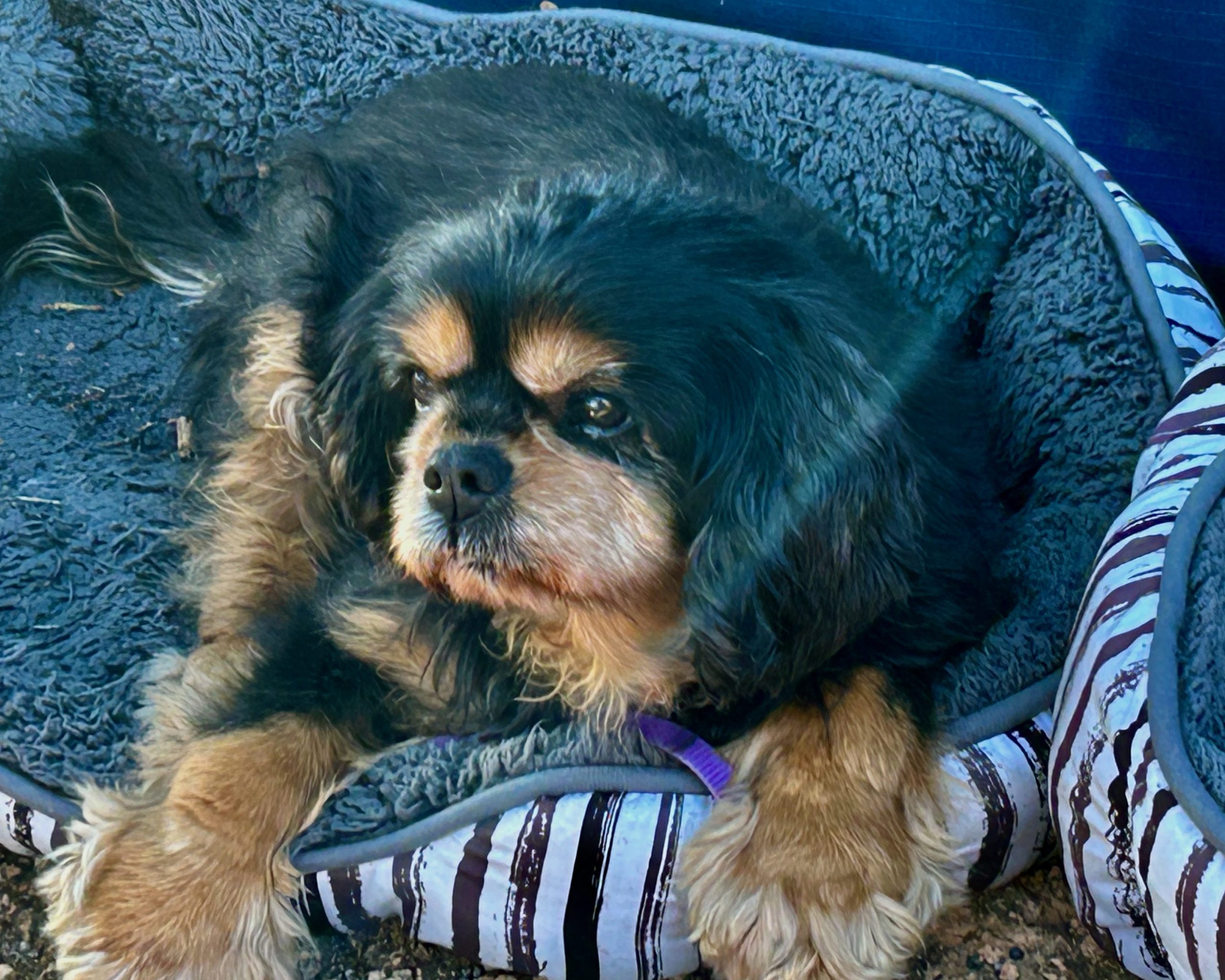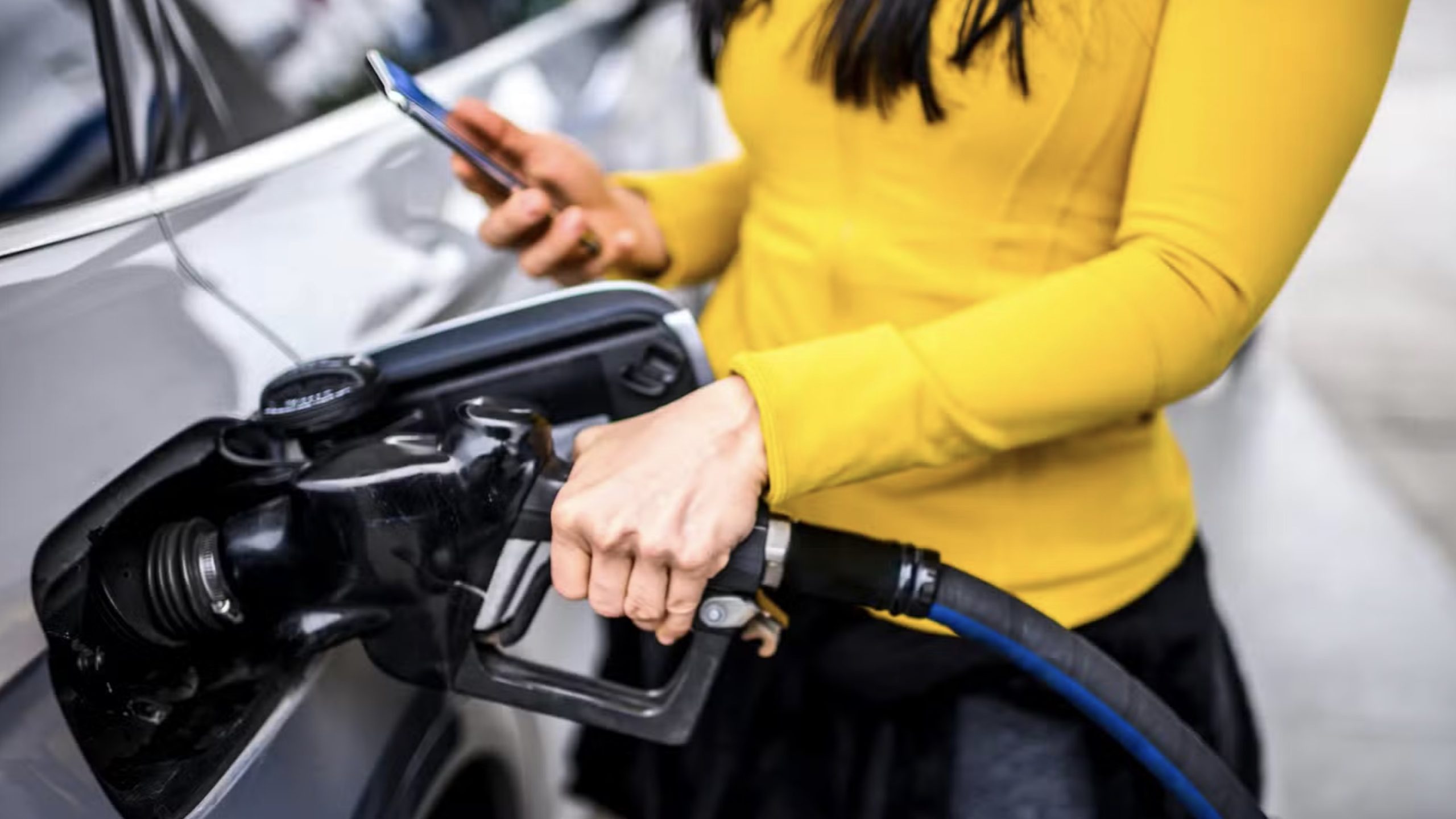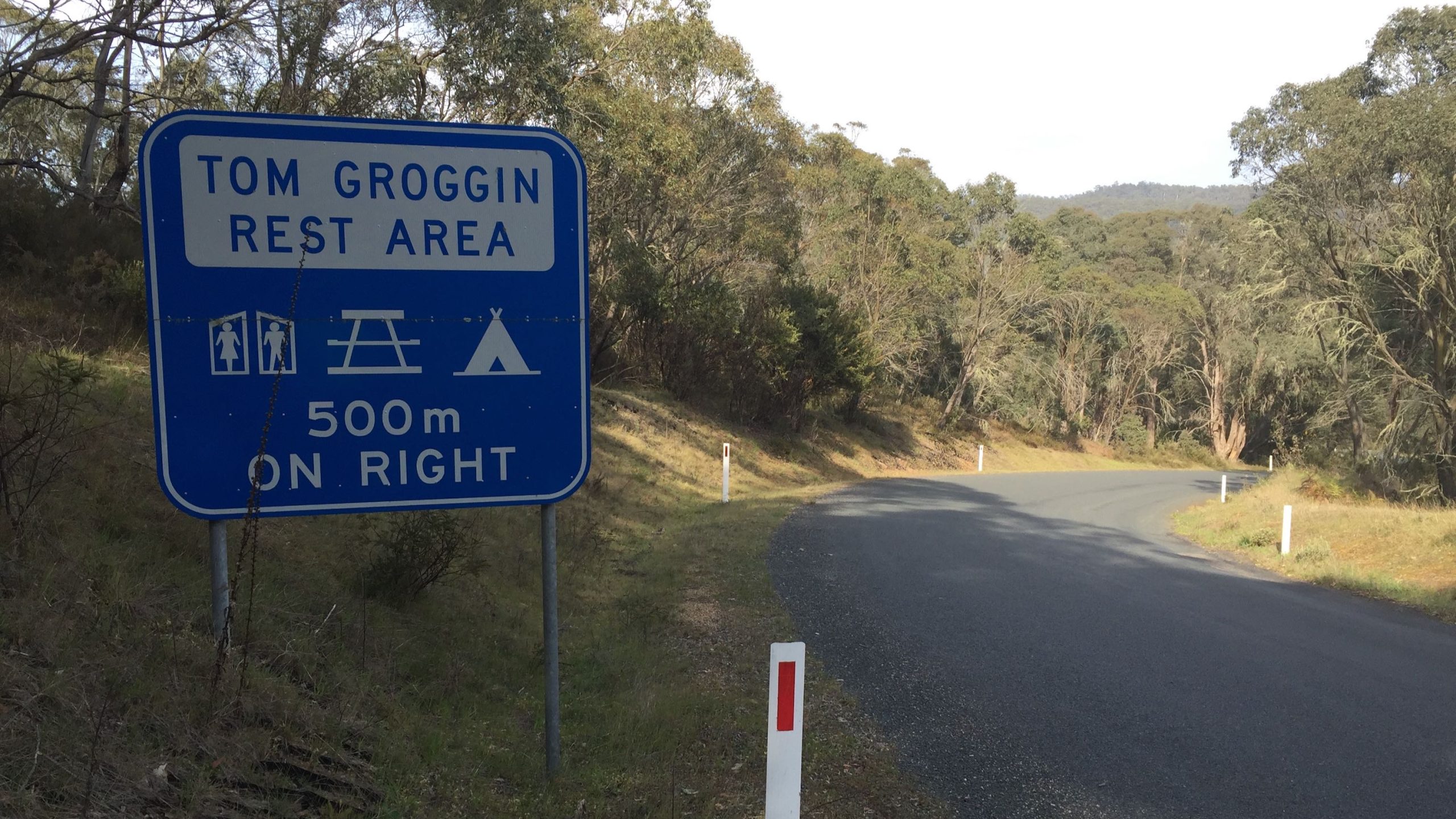Travelling with dogs
25 tips for a happy and safe journey
Australia’s vast landscapes, diverse wildlife, and vibrant cities make it a dream destination for travellers. But what if you want bring your four-legged best friend along for the journey?
Travelling with dogs in Australia can be an incredibly rewarding experience, offering unique opportunities to bond with your pet while discovering the country’s natural wonders and pet-friendly attractions. This article will guide you through the essentials of exploring the Land Down Under with your furry companion, from navigating quarantine regulations to finding dog-friendly accommodations and activities across the continent
- Update Vaccinations
Ensure your dog’s vaccinations are up-to-date before embarking on your journey. This is crucial not only for your pet’s health but also for kennelling requirements you may encounter along the way. - Microchip and Identification
Have your dog microchipped and wear a collar with your current mobile number. Remember that microchip details may only be valid in the state of registration, so a collar with your contact information is essential. - Plan pet-friendly accommodation
Research and book pet-friendly caravan parks, campgrounds, and other accommodation in advance. While the number of pet-friendly options is growing, it’s still important to plan ahead. -

Gypsy is happy in her favourite basket
Carry sufficient pet supplies
Stock up on your dog’s regular food, medications, and favourite toys. Familiar items can help your pet feel more comfortable in new environments. Pack their beds and anything that they find familiar and comforting. This also gives you a chance to wind down. - Practise car safety
Invest in a proper car restraint or crate for your dog. This ensures their safety during travel and complies with road regulations. f possible, have them tavel in their normal baskets on the back floor, not on the seats. This is the safest place for them if you have to brake suddenly and is also a familiar place. My two cavaliers love it here but larger dogs may need other arrangements. - Regular exercise breaks
Plan frequent stops during long drives to allow your dog to stretch, relieve themselves, and have a short walk. Most major town have dog parks, so plan ahead to stop at these and let your dogs stretch their legs. I am always stopping to look at stuff or take photographs so I use this as an opportunity to et the girls out. They have abut ten metres of light cord attached to their leads and I then tie this to the camper when I get out. They love this opportunity to read the ‘local paper’ and when they are put back in the car again, are happy to go straight to sleep again. - Maintain routine
Try to stick to your dog’s regular feeding and exercise routines as much as possible. This can help reduce stress and maintain good behaviour. - Be aware of wildlife
Keep your dog on a leash in areas with native wildlife. This protects both your pet and the local fauna. - Check regularly for ticks and other parasites
Regularly inspect your dog for ticks, especially in warmer, coastal areas. Carry appropriate tick removal tools and preventative treatments. - Respect National Park regulations
Be aware that many national parks do not allow dogs. Plan your itinerary accordingly and research dog-friendly alternatives, or if you are only stopping for a breif look, keep your dogs in the car. Not only are dogs not allowed to protect the wildlife, but also to protect the dogs. National parks are often ‘baited’ to help control rabbits and foxxes and these baits are also lethal for dogs. - Consider pet insurance
Look into pet insurance options that cover emergencies while travelling. This can provide peace of mind in case of unexpected veterinary needs. - Locate veterinary services
Research and note down veterinary clinics along your planned route. It’s better to be prepared for any health issues that may arise. - Hydration is key
Always carry fresh water and a portable bowl for your dog, especially in hot Australian conditions. I have been amazed at how often my two Cavaliers need a drink even in mild conditions. - Sun protection
Consider sun protection for your dog, particularly if they have short or light-coloured fur. Doggy sunscreen and protective clothing can be helpful but I perfer to put a towele into the widow to provide shade on hot days. - Be mindful of hot surfaces
Check the temperature of surfaces like sand or pavement before letting your dog walk on them. Hot surfaces can burn paw pads. - Utilise Pet-Sitting Services
Research pet-sitting options in areas where you can’t take your dog. This might include local kennels, vets offering day care, or pet-sitting services. - Carry a Basic First Aid Kit
Pack a pet first aid kit including items like bandages, antiseptic wipes, and any specific medications your dog might need. - Train for good behaviour
Ensure your dog is well-trained and responsive to basic commands. This is crucial for their safety and your peace of mind when in new environments. Gypsy, my twelve year old Cav is almost bling and certainly deaf so she doesn’t wander far. But Delta, the eight year old is a total pain. Let her off the lead and she heads for the gate. So I only let her her just before meal time because I know that when I call ‘Dinner time’ she will respond. Food motivation is a wonderful training tool. - Respect local regulations
Be aware of and follow local council regulations regarding dogs in public spaces. This includes leash laws and restricted areas. - Plan for ferry travel
If your journey includes ferry travel, check the specific requirements for pets. Some services may require dogs to stay in vehicles or designated areas. This has never been an issue for me, but I have heard of cases where embarkation has been refused because of a dog companion. - Bring comfort items
Pack your dog’s bed or favourite blanket to provide a sense of home and comfort in new sleeping arrangements. - Be prepared for different climates
If travelling to different climate zones, be prepared with appropriate gear like cooling mats for hot areas or coats for colder regions and make sure they always have plenty of water. - Manage anxiety
If your dog experiences travel anxiety, consult with your vet about possible solutions, including behavioural techniques or medication if necessary. Thankfully mine love car travel and it s me who has to check from time to time that I actually put them in the car. They are that quiet. - Clean up after your pet
Always carry waste bags and clean up after your dog. This is not only courteous but often required by law in public spaces. - Enjoy the journey together
Remember to enjoy the experience of travelling with your furry friend. Take plenty of photos and create lasting memories of your adventures together.
I have been amazed at how easy it is to travel with my two dogs. Admittedly they are comatose a lot of the time, Cavaliers are like that. But they love to be in the car with me and although they (mostly the eight year old) are on a short rope most of the time, really do just seem to love being included in the adventure.











Leave A Comment